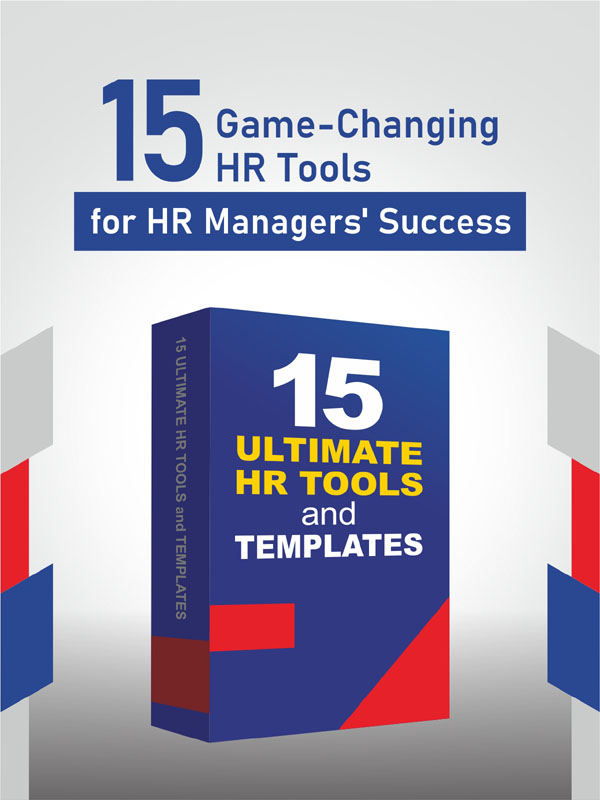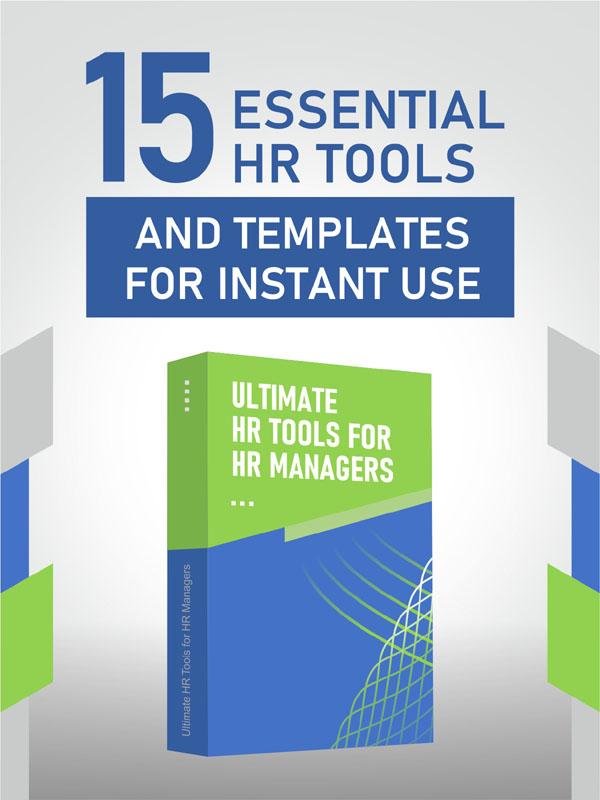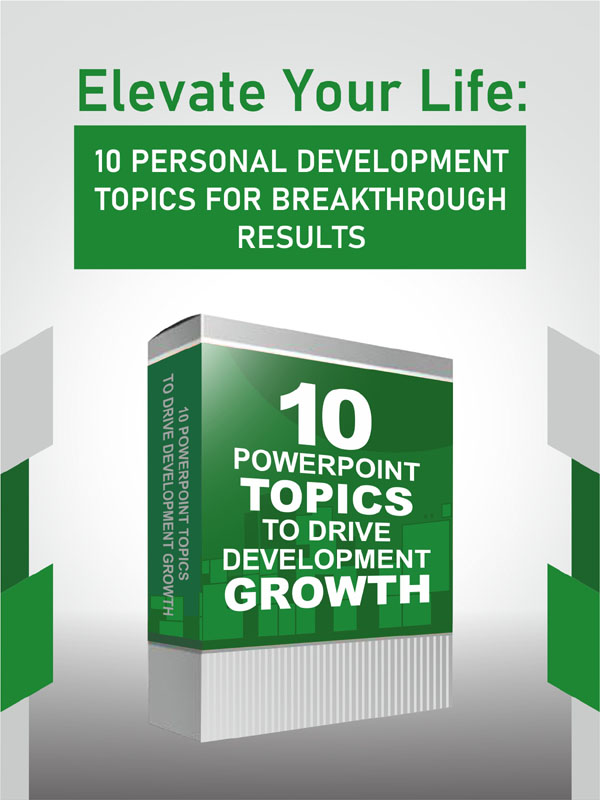There has been an increasing need for agile HR and continuous performance management, thanks to the awareness of a collaborative environment in the workplace. It is the era of the join forces between management and employees to meet gain the objectives of a company. Gaining an understanding of the Agile Performance Management process is what a company should learn. This kind of change takes place due to massive technological development. Any business is urged to make an adaption to continuous change in demand with the organizational agility
How the Agile HR and Continuous Performance Management Works
The new era of massive communication with efficient processes applies agile performance management. This approach focuses on frequent discussions of employee performance for the whole year, as compared to traditional annual evaluations. Agile HR is very special, thanks to the incorporation of performance discussions concept in a certain time length of a year. It can be a mid-year or quarter-year period.
This approach can help address common problems that employees are facing. The management, then, can guide them to prevail over the challenges so they can stay aligned with the objectives of the company. The Agile Performance Management aspect is also very beneficial because it focuses on achieving an objective \process instead of merely focusing on ratings of annual performance and outcomes.
When employees and management can have frequent discussions, both parties can remove the barriers. This is a good approach for improving a good relationship between them. The system of Agile Performance Management is much more advanced than the conventional method, due to its ability in improving the current process of employees who want to conquer challenges in the workplace.
Agile Performance Management Can Bring Significant Changes to Company’s Better Working Environment
Decades ago, performance management becomes a conventional approach in which the performance of each employee evaluation was a yearly routine. It is a bureaucratic process for evaluating performance that should meet the goals of the company. This evaluation relates to the increasing salary for employees who made certain achievements that relates to the goals of the company.
These days, agile HR and continuous performance management apply the importance of employees’ future development. Of course, there will be a significant improvement in the company. It changes the performance management process focus into unleashing each employee’s potential through career planning.
It goes without saying that agile performance management becomes a more mutual approach based on a model of constant feedback. Focusing on employees’ performance is not the only aim of agile performance assessments. But, this assessment is also important for the company’s future development.

Key Points of Agile Performance Management
Implementation of agile HR and continuous performance management includes problem-solving frequent discussion. Agile performance management takes place bi-yearly or quarterly when necessary. This is different from the traditional approach which focused on an annual appraisal or sometimes a review in the midyear review. The result is that the management can help identify issues of employees within a short span. It leads to faster solutions so employees can focus more on their work.
Employees can show off their concerns and give opinions during the review process. It is unlike the conventional performance management system that addressed employees’ concerns only at the annual performance review. It is considered very ineffective because employees may perform less productivity.
The implementation of agile performance management can enhance the effectiveness of communication periodically in a shorter time span. Meaningless discussions in a rush in a yearly review don’t bring a good solution for both employees and management. Agile performance management is known to be very meaningful with a systematic approach.
Upper management may be hard to understand the problems that employees had been facing for the whole year. This is because managers have lots of tasks to increase the productivity of employees by identifying their capability in accomplishing the objectives of the company. When the effectiveness of employees is aligned with the goals of the company, then the company will get benefits in return.
It is easy to evaluate competencies during the short span evaluation, instead of yearly review. Managers can learn about the personal development of their employees in which relates to their aspirations of careers. The conventional process of performance management is only based on fixed outcomes.
There is no in-depth analysis because it takes place annually. This is the main reason why the management couldn’t get the right understanding that relates to the performance of employees. It becomes an obstacle for employees to meet the company’s objectives. On the contrary, the Agile Performance Management system is focusing more on short-term goals in ensuring the elimination of potential hindrances during the discussion between manager-employee.
How Beneficial The Agile Performance Management Is
It is interesting to figure out that employees enjoy great benefits from this system. This is because it emphasizes the development of employees with fast implementation feedback. The conventional performance management approach requires an opposite process as there is a significant time gap between the reviews of performance.
The fast change pace affects the modern workplace. It requires agility in everything that employees and management do. Agile HR and continuous performance management are basically more accurate with more frequent evaluations. Its success-oriented is much higher than the conventional approach. The enhancement in assessment frequency is better with the support of modern tools of agile performance management for faster, quicker, and more efficient results.
The implementation of agile performance management improves the business value as the productivity of employees is increasing. Employees’ productivity relates to their strong engagement with the company as they feel comfortable during the working years. Agile performance management emphasizes in solving problems that employees face in a more constructive and friendly way.
The increasing productivity of employees contributes to the company’s faster profit. Managers should provide a series of coaching so that employee career paths are clearly defined. Frequent and intense communication allows employees to deal with their weaknesses properly and learn them as their chances to develop their careers.
Agile HR and continuous performance management are using sophisticated productivity monitoring software. It lets managers provide higher flexibility for employees without any sacrifice on their productivity.




